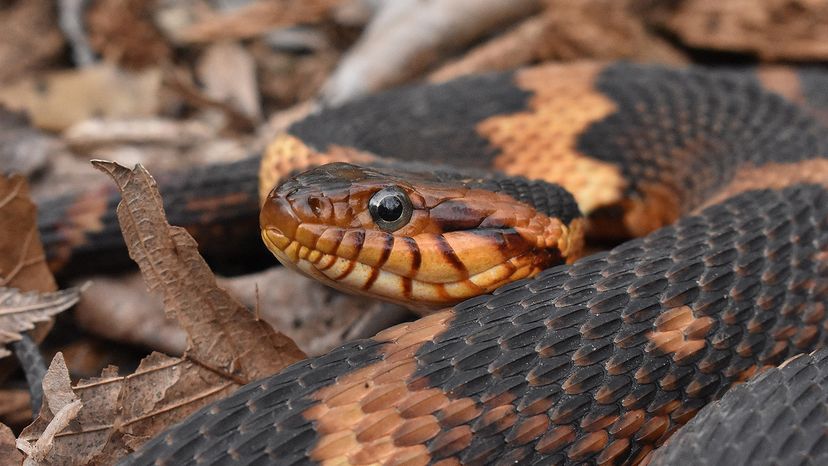
The banded water snake is one of the most fascinating aquatic reptiles you’ll find slithering through the waterways of the southeastern United States.
These nonvenomous snakes are often misunderstood because of their resemblance to more dangerous species, but they're completely harmless to humans. Found in nearly all freshwater habitats, banded water snakes play a vital role in their ecosystems, helping to control populations of fish and amphibians.
Advertisement
These adaptable snakes thrive in environments ranging from rivers and lakes to swamps and marshes, particularly throughout the coastal plain. Their ability to live in such a wide variety of habitats makes them a key species in maintaining the balance of aquatic ecosystems across their range.